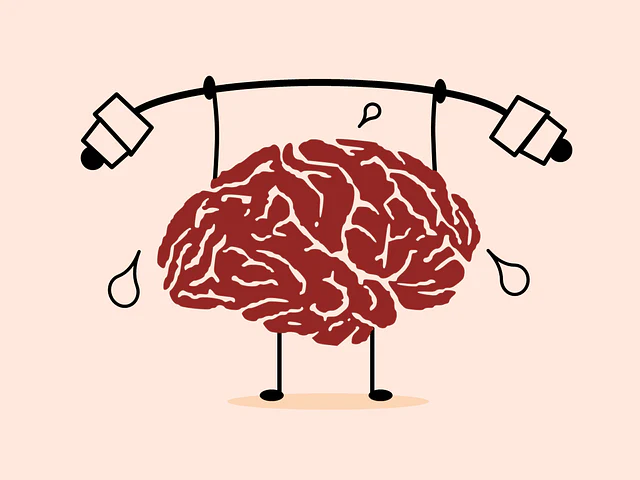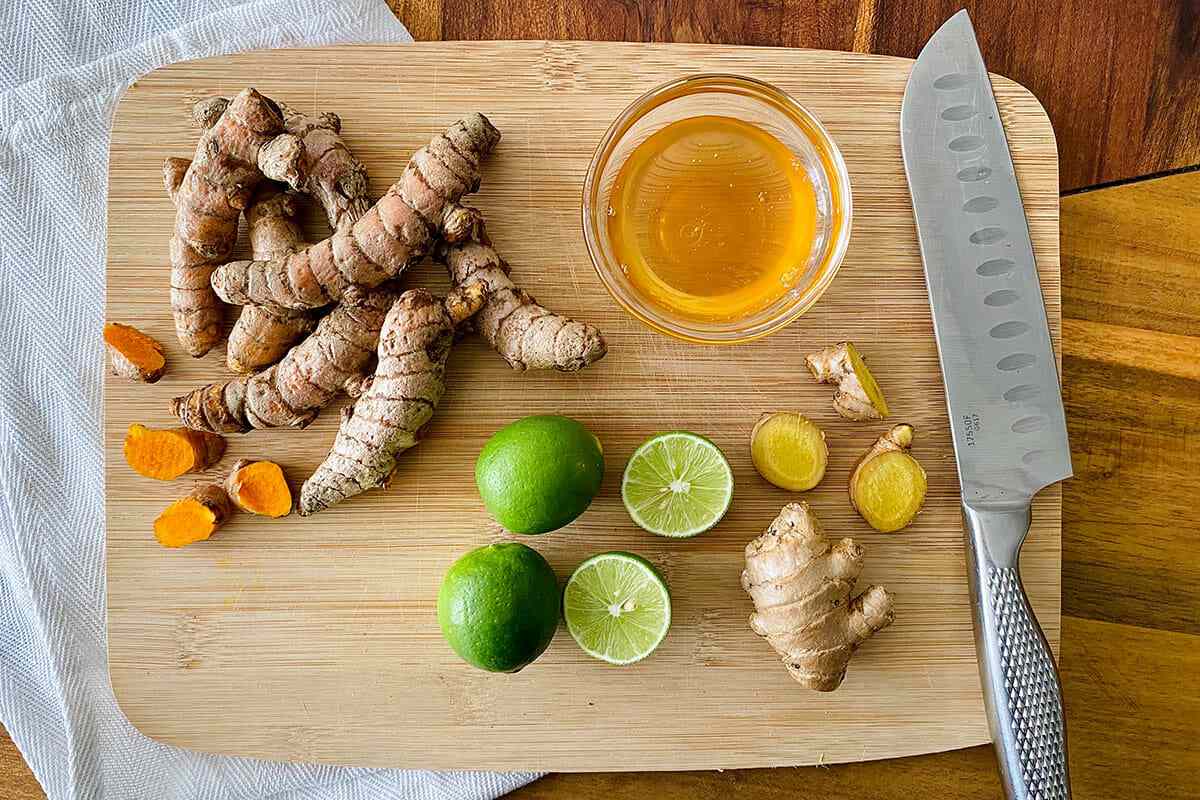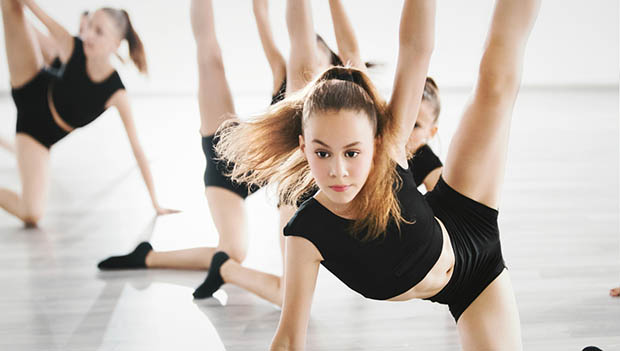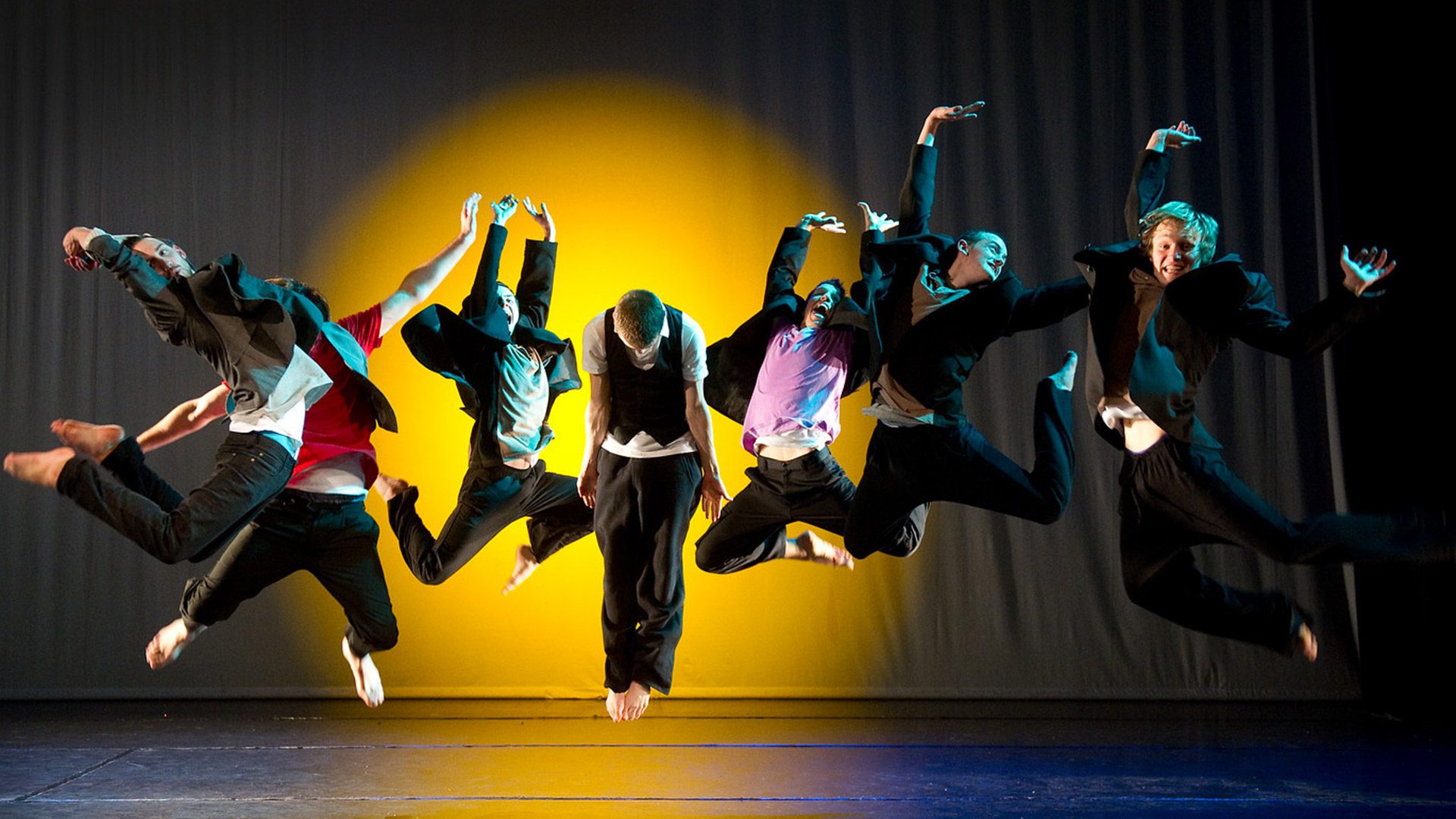Whether it’s baseball, basketball, swimming, or track, there are numerous ways to encourage your child to lead an active lifestyle through team or individual sports that keep them healthy and engaged.
Dance, however, combines movement with self-expression, fostering skills that are valuable in any athletic pursuit. It not only helps burn energy and maintain fitness, but it also enhances both fine and gross motor abilities. A dance class provides a well-rounded physical experience, incorporating cardio, strength training, and stretching into daily routines.
In addition to its physical benefits, dance nurtures creativity and helps build self-awareness, social skills, and confidence. Many of the abilities acquired in dance classes can also support academic success and classroom learning.
If your child isn’t initially drawn to dance, try showing them videos or movies featuring skilled dancers to spark their interest. Dance is a lifelong, healthy activity that your child can enjoy well into their teenage and adult years. Here are five reasons to consider enrolling them today!
Physical Fitness and Coordination
Dance classes offer a full-body workout, engaging the arms, legs, heart, lungs, and mind. Young children practicing basic dance movements will increase their flexibility, strength, endurance, and coordination.
With activities like pliés, relevés, leaps, and spins, your child will have opportunities to improve coordination at their own pace in a fun and enjoyable way. Dance is a series of controlled movements, which helps kids understand their physical limits through trial, error, and practice.
By participating in dance, your child will gain a structured environment to develop gross motor skills (like running, jumping, and balancing) and fine motor skills (such as writing or buttoning clothes). These skills will support their growth, helping them meet early milestones through playful exercise.
Social Awareness and Collaboration
Dance isn’t just a team or individual activity; it’s a mix of both. In a dance class, children have the chance to express themselves while building confidence and communication skills. The supportive environment encourages self-expression and helps overcome social anxieties.
In dance, children interact with diverse peers, working together at their own pace. They learn how to take turns, follow directions, and lead others in various exercises. They also practice spatial awareness, ensuring they stay within their designated space and avoid collisions.
Collaboration is key in dance, as success often relies on the entire group working together, just like in team sports.
Discipline and Perseverance
Movement is innate, but mastering dance requires discipline and controlled practice. Early dance classes focus on children’s natural desire to move while introducing them to small, controlled motions like pointing toes or lifting arms.
As they progress, children become aware of their bodies’ abilities and challenges, leading to greater control and confidence. Whether mastering splits, pirouettes, or pliés, they learn to overcome obstacles through repeated practice.
Dance classes also offer performance opportunities, requiring persistence and resilience to see the process through to the end. The skills of perseverance and commitment gained in dance extend beyond the dance studio, helping children face challenges in academics and sports with confidence.
Cognitive Development
Dance has strong connections to learning in core subjects like math and literacy. Studies show that dance and creative movement support early education by helping children develop reading, writing, and numerical skills.
For instance, children may learn the alphabet through songs and movements, with each letter associated with a physical gesture or sound. Counting and number sense are also reinforced through movement activities.
By engaging both sides of the brain, dance fosters the creation of synapses that support both technical and creative thinking. Movement in dance helps children develop skills that prepare them for the cognitive challenges of math, science, and reading.
Emotional Wellbeing and Creativity
Dance is an expressive art form, allowing children to connect with their emotions and thoughts through movement. It provides a platform for self-discovery, helping children explore their interests, abilities, and individuality.
Dance also promotes cultural awareness, as different forms of dance are paired with music from various cultures worldwide.
Early dance education encourages creative expression, allowing children to develop their own ways of telling stories and expressing emotions. This fosters creativity, individuality, and self-confidence, helping them embrace who they are and how they want to share their experiences with the world.
Whether it’s baseball, basketball, swimming, or track, there are numerous ways to encourage your child to lead an active lifestyle through team or individual sports that keep them healthy and engaged. Dance, however, combines movement with self-expression, fostering skills that are valuable in any athletic pursuit. It not only helps burn energy and maintain fitness, but it also enhances both




